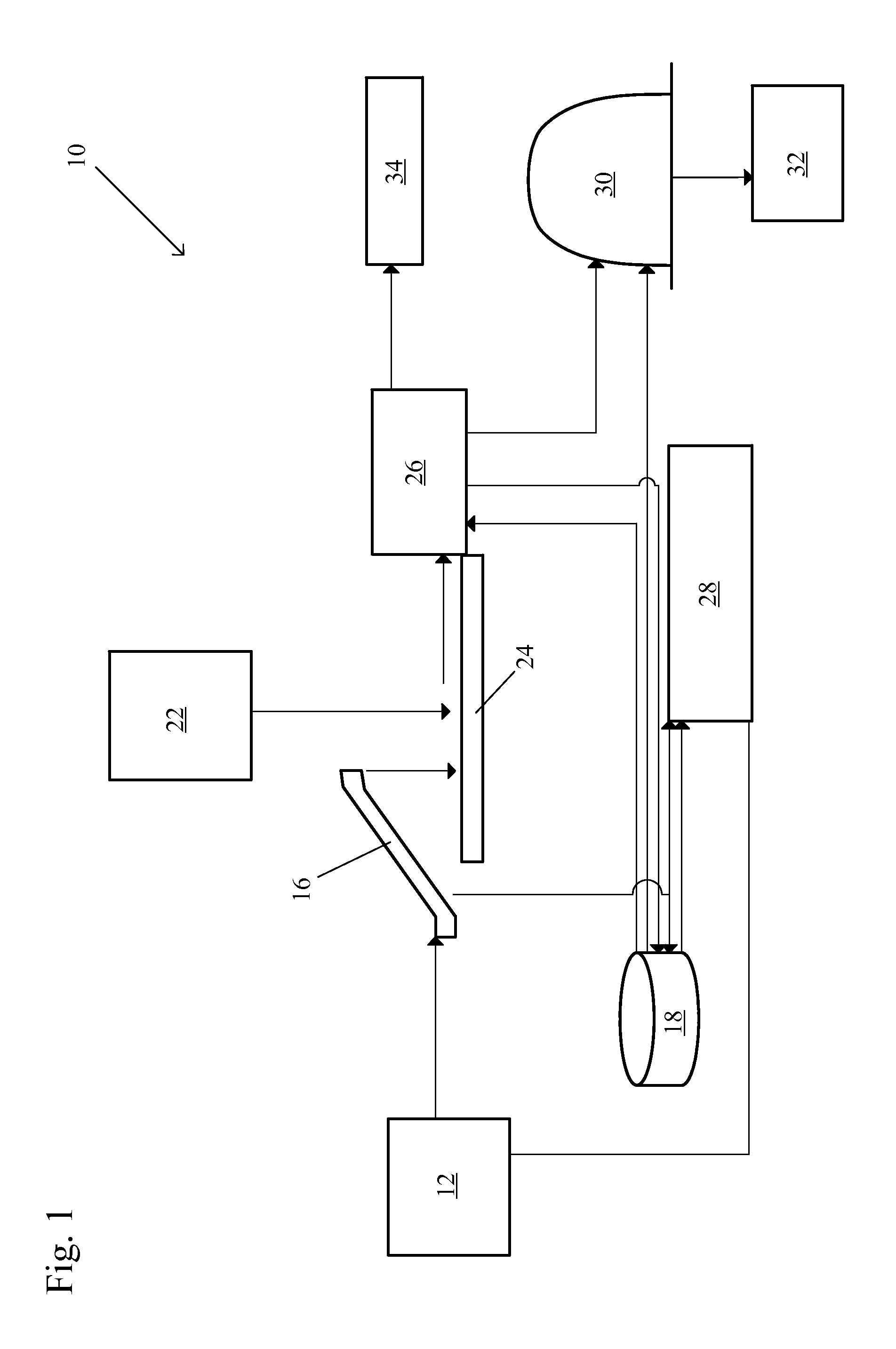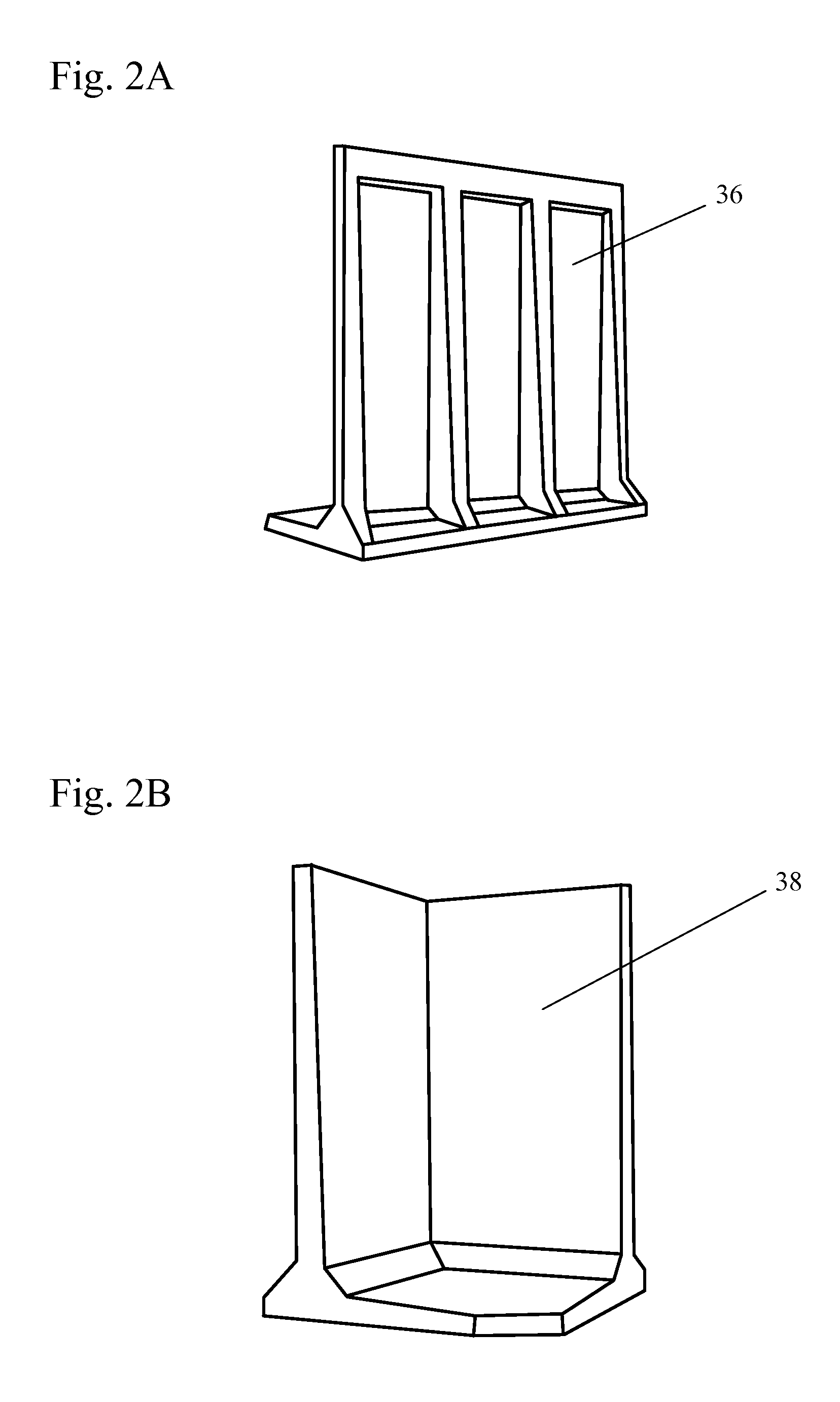This may constitute a
lag phase of one to several days, and if the feed
stream is loaded improperly or excessively with outside ingredients, may dispose the reactor to sourness or pH crashes,
recovery from which certainly meaning
lost time in
digestion.
An additional and significant problem with liquid-based systems, in addition to requiring massively sized tanks, is that the entire farm must essentially convert to liquid-based materials and flows and must maintain a farm disposal
system for the liquid
effluent resulting from the
digestion process.
Such action is not a very feasible option to farmers during the winter and summer seasons because of
limited access to useable surface soil together with environmental regulatory restrictions.
Excess storage of liquid
effluent, in addition to influent
manure, creates the potential for overflow and entrance to surface and
groundwater, particularly in inclement seasons with poor weather and above-average rainfall.
The pernicious cycle of open-air liquid systems fostering liquid restraints, sensitivity to rainfall excess that causes overloading of lagoons, and environmental damage from leaked fugitive gases and
nutrient contamination of waterways from these liquids poses real constraints to the liquid-based theory of methane digestion.
Construction of large, in-ground, heated concrete tanks to
handle the liquid effluents is a real cost constraint for dairy farms, and it has been proposed by many that
liquid methane systems are not viable for farms with under 500 head of cattle.
It is, however, well known that methane
biology is extremely scalable, meaning that the
fermentation process is not, in fact, limited by size and there is no efficiency of scale pertinent to the
biology.
Medium or smaller farms number in the thousands in America, yet methane digestion technologies, by the nature of focusing on a minority of large to very large dairy farms, such as 2,000 to 5,000 head operations, have thereby effectively excluded provisions for medium and small farmers of cost-effective environmental solutions to manure and waste handling, and therefore have hampered America's ability to expand energy-efficient futures.
Since the majority of the world's farms are medium to small scale, the absence of viable methane technologies for small scale approaches means that common solutions to increase viability and
sustainability of farm operations from an energetic and cost-effective point of view are lacking.
While many very small farms in third-world regions have addressed the situation by design and construction of small to very small digester systems run almost entirely by manual farm hand labor, small farms in industrialized nations do not have such hand labor available and have not chosen to build these very flexible, small-scale systems.
Most of the commercial
industrial engineering firms that design and construct farm methane digesters are trapped in this costly and somewhat environmentally unfriendly struggle to
handle on-farm liquid wastes and provision of
electricity and
heat energy to large and super-sized farms, where undoubtedly the
biogas solution is better than no action at all.
It does not solve the liquid handling problems and it entails huge capital reserves and debt to cover costs.
Additionally, in many regions the concept of public purchase of excess
electricity generated by these large 100-500 kW systems is not sufficiently developed other than an offer of net metering to farm owned facilities or recapture by utility companies at grossly devalued worth, meaning the energy creation from methane is not a very viable path.
The efficiency of gas-to-
electricity conversion, being as low as 35%, and the cost-effectiveness of such
electricity generation in view of sometimes poor returns on sold or net-metered electricity, in addition to requiring a significant
capital investment in energy generation units, also restricts the usefulness of the electricity approach.
The liability for over-sized, over-designed farm energy production operations falls almost entirely on the farmers themselves, as engineers and investors rarely assume management positions in on-farm systems, and failure therefore is the sole risk of the farmers as well, this coming at a time when on-farm debt has grown disproportionately to farm
sustainability.
This is very costly to society as a whole, since failure of farms inevitably drives up costs of food and results in more
environmental destruction from larger and super-sized farming operations.
 Login to view more
Login to view more  Login to view more
Login to view more 


